(Prices correct as of today’s date, are updated daily, are subject to change and represent genuine availability at time of update).
Cruise only holidays are financially protected by ABTA. Fly cruise holidays are financially protected by Holland America Line under ATOL number 6294
Please click here to check the essential travel requirements before booking this cruise.
Want to add a hotel stay or change your flights?
Just call our team of cruise specialists to help build your dream cruise holiday today!
Spread the cost of your holiday! Interest Free Monthly payments are based on a deposit of 8%, and 15 monthly installments in accordance with our balance due date.
Prices based on 2 people sharing. Cruise only price does not include flights. Fly-cruise price may vary by chosen UK airport.
Itinerary
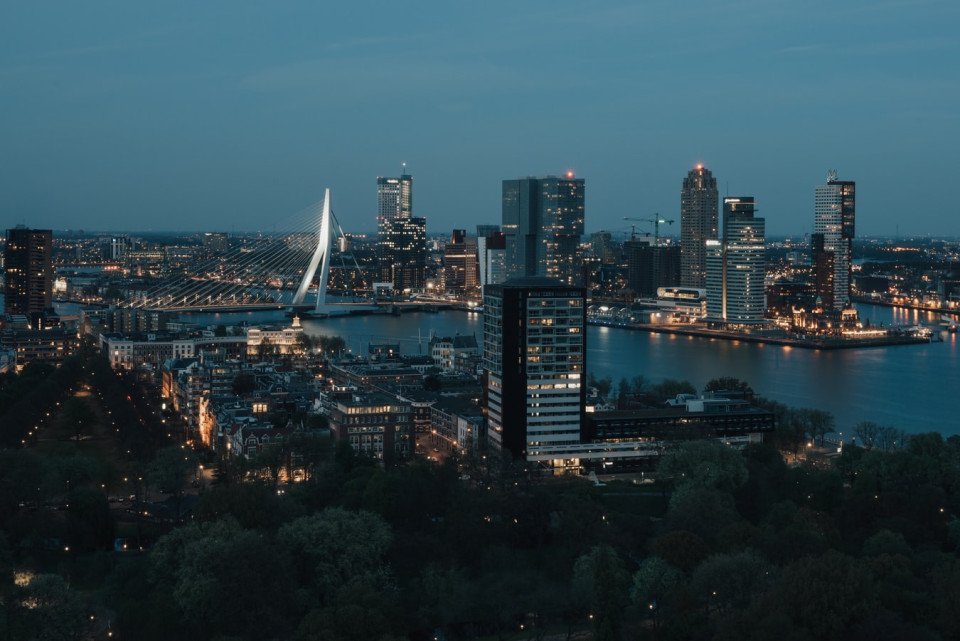
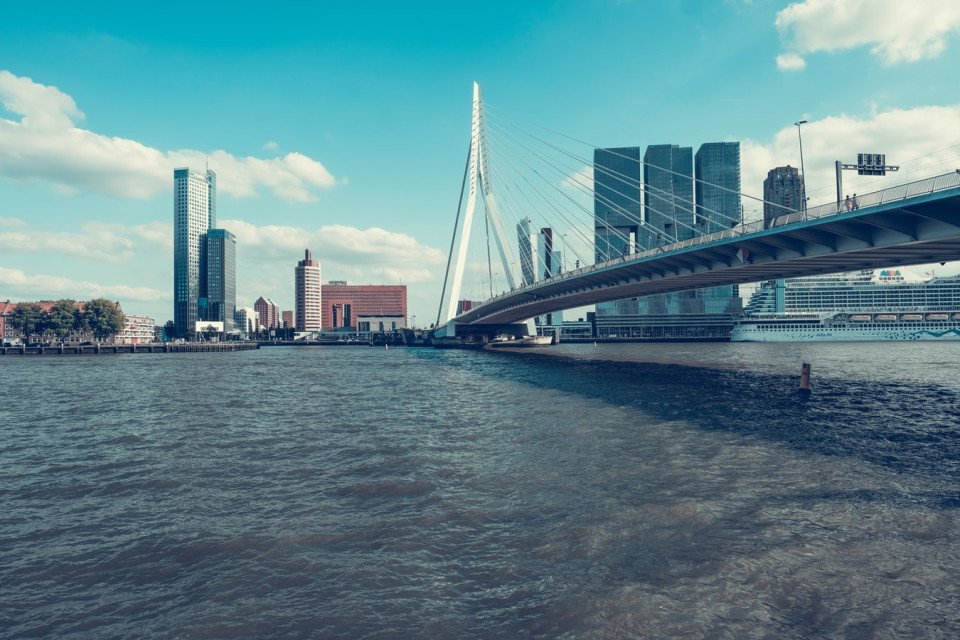
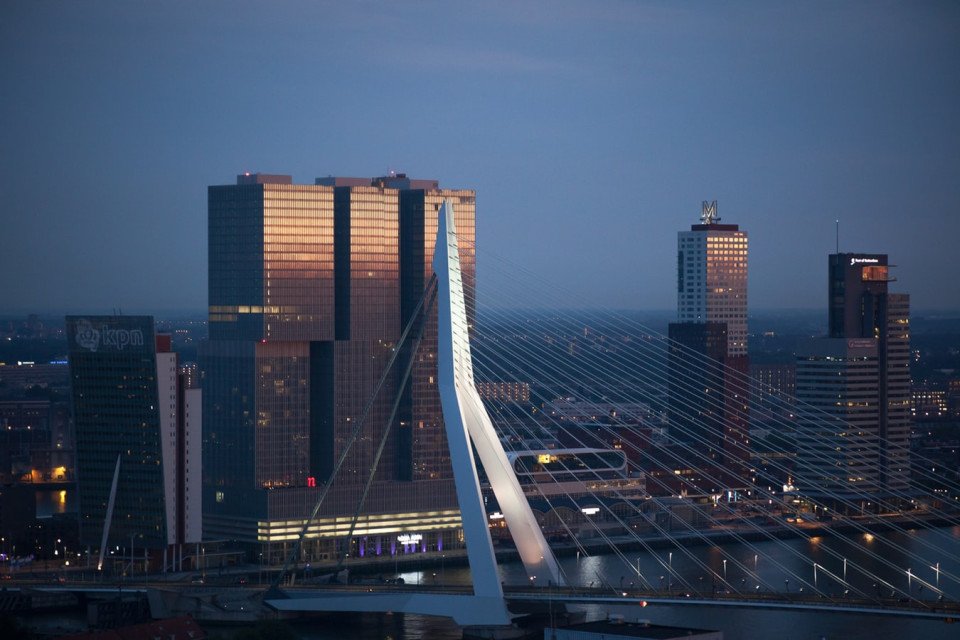
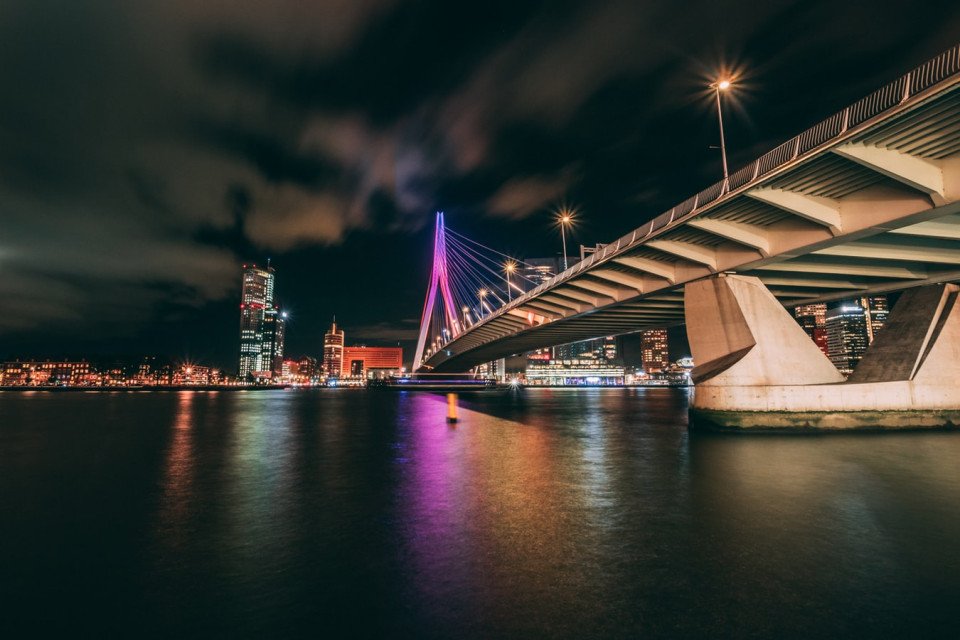
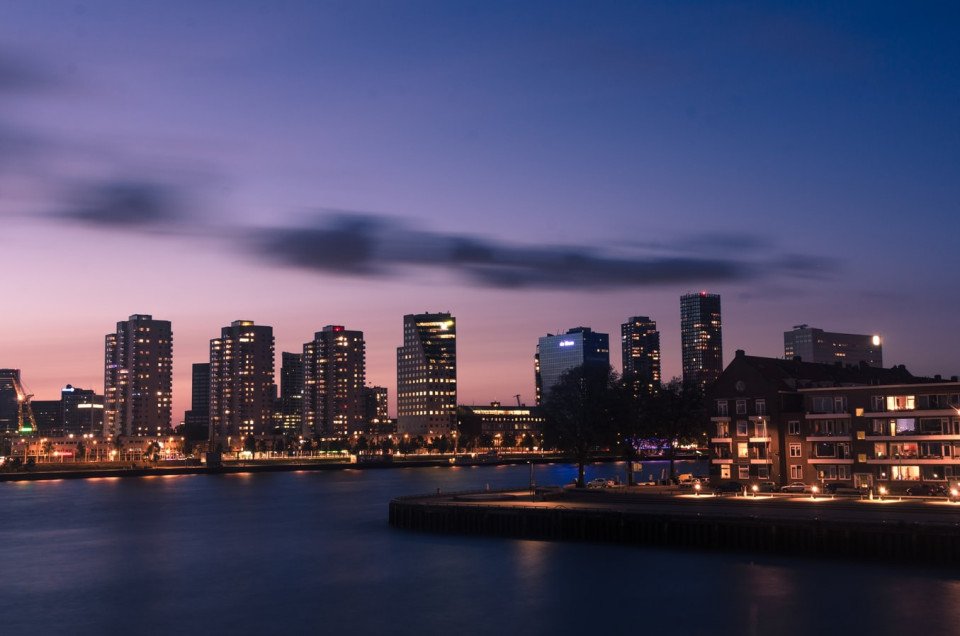
Rotterdam
Rotterdam is a city that's a long way removed from most people's stereotypical notion of the Netherlands. There are few, if any, canals to be found here nor are there any quaint windmills. There is, however, a thriving modern city which is one of the busiest ports in the entire world.
Rotterdam
At Sea
Måløy
Cruising Trondheim Fjord
Trondheim
At Sea
Honningsvåg
Tromsø
Harstad
Leknes
At Sea
Kristiansund
Ålesund
Lerwick, Shetland Islands
At Sea
Rotterdam
What's Included with
Holland America Line
Use of swimming pools, hot tubs, fitness centre and leisure facilities where available
Accommodation
Breakfast, lunch, dinner and snacks in a choice of included dining venues
Entertainment throughout the day and evening
Complimentary shuttle service from ship to port where available
Explore MS Rotterdam
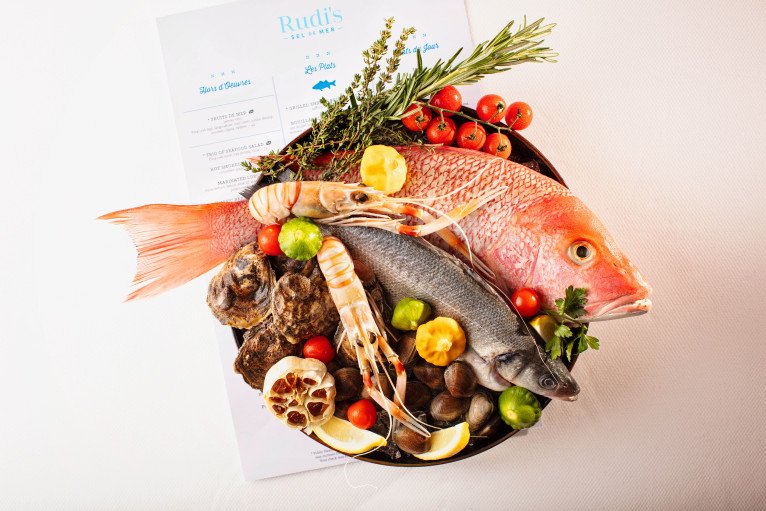
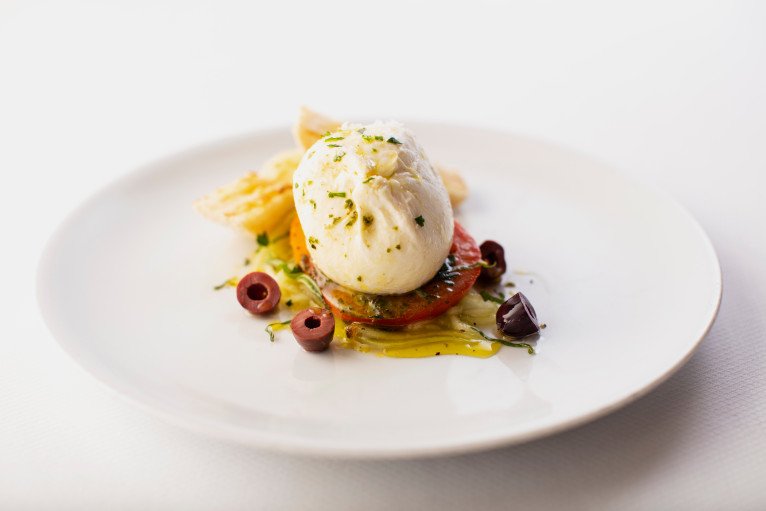
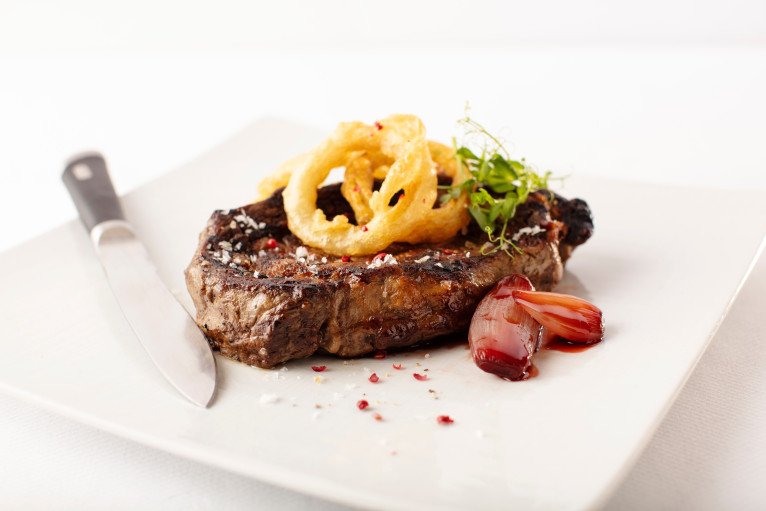
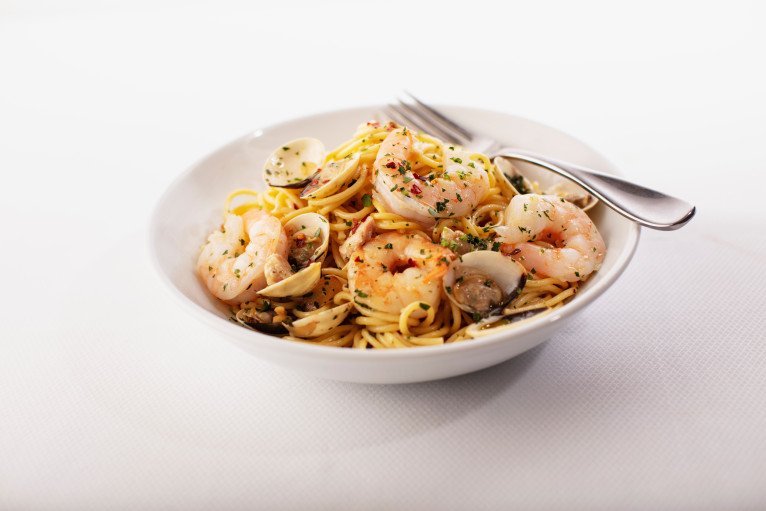
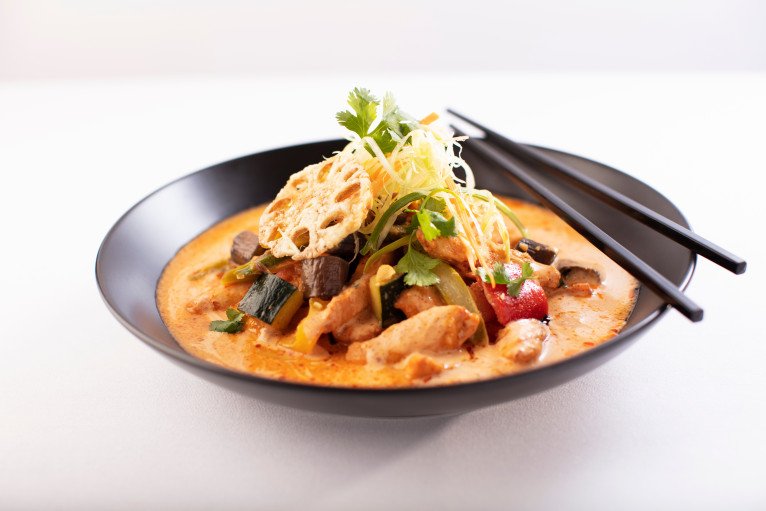
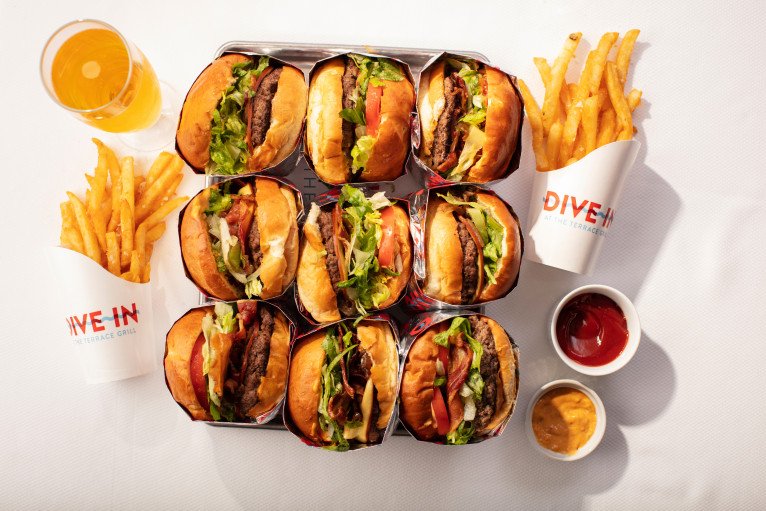
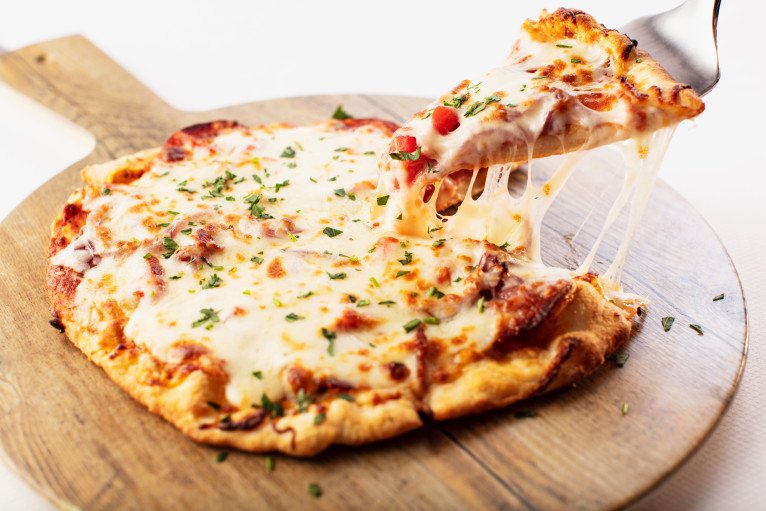
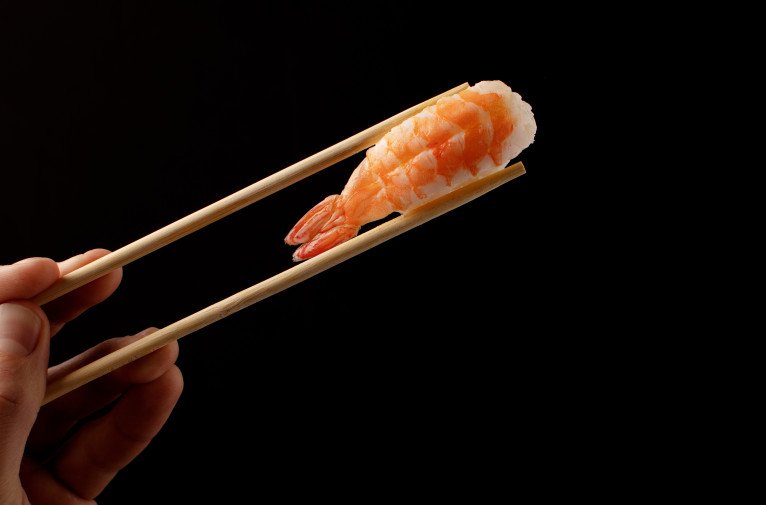
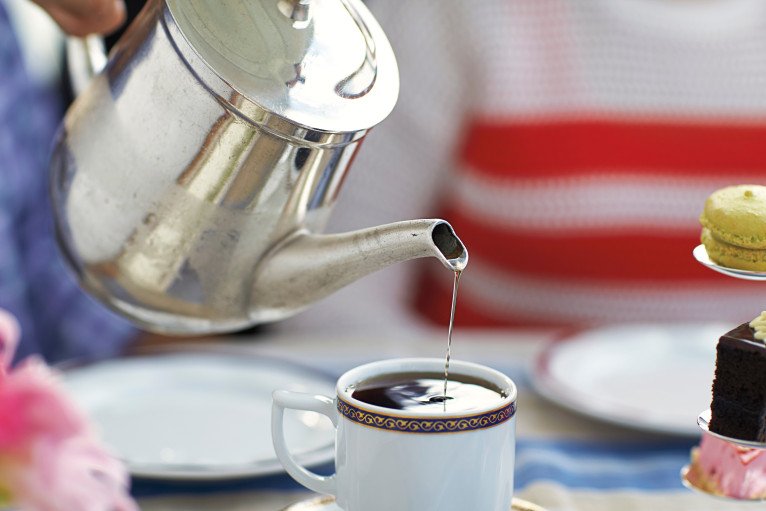
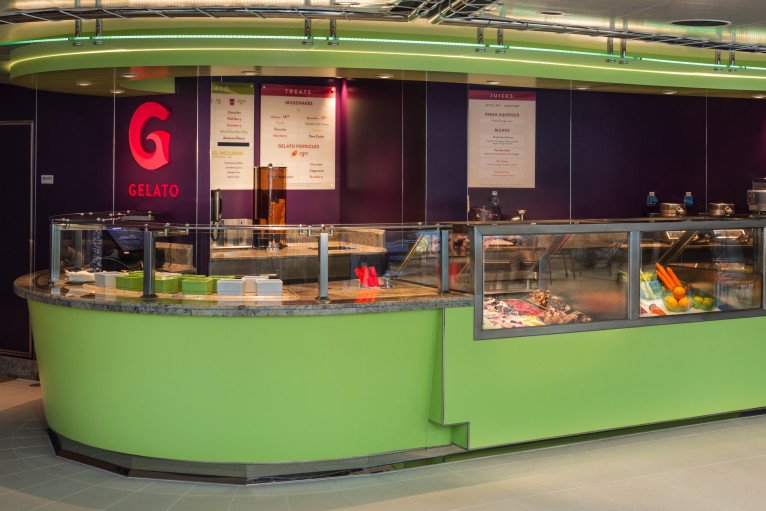
Rudi's Sel De Mer
Named for Master Chef Rudi Sodamin, Rudi’s Sel de Mer is an intimate brasserie featuring classic French dishes reimagined with contemporary flair. Menu selections include whole Dover sole meunière with shaved pink Himalayan sea salt, oysters on the half shell, fruits de mer, and salt-crust baked branzino, as well as favorites such as steak frites, duck cassoulet and coq au vin. Conclude your dinner with a classic dessert and fine French cheeses.
Meals at Sel de Mer are half price for kids 12 years old or under, or free when they order from the kids’ menu.
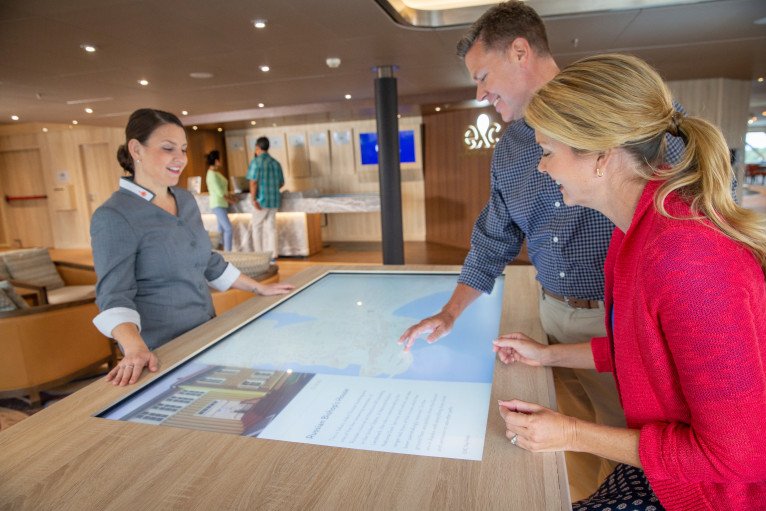
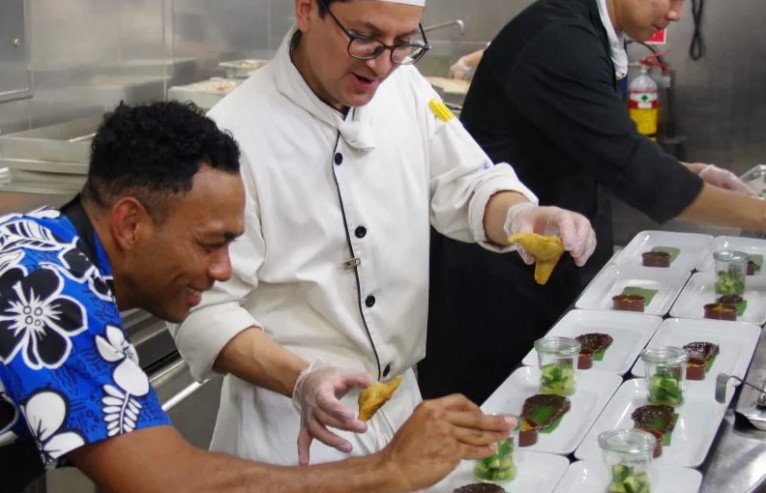
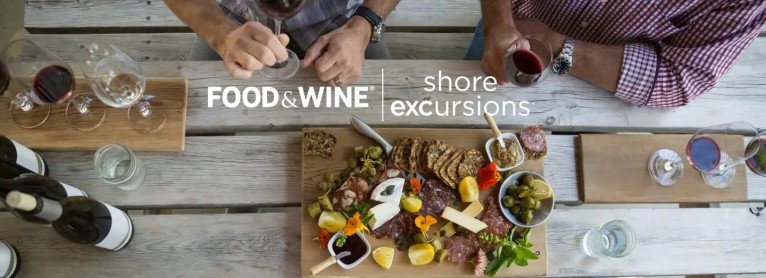
Explorations Central
Explorations Central™ (EXC®), Holland America Line’s exclusive destination programming, is designed to deepen your understanding of the places you visit. It's indispensable travel resources and opportunities to engage with experts and local insiders, make exploring each port of call more vivid and meaningful. Enjoy the programs listed below and visit our Explorations Central discovery centre on board.
EXC Talks
Get an insider’s perspective at these informative onboard talks. In select regions, EXC Talks feature multimedia presentations that bring each destination to life with captivating storytelling and expert commentary.
EXC Culture
Start your immersion in a destination’s culture and history before you even step on shore, with help from local experts, artists and performers.
EXC Nature
Study the natural world in all its beauty and complexity—from landscapes carved over millennia to animals that have made amazing adaptations to their environments.^
EXC Port To Table
Food is the gateway to understanding a culture. Delve into each region’s culinary traditions through onboard cooking demonstrations, and food and wine tastings (fleetwide Jan. 1, 2020).
EXC Photography
Learn to capture your most memorable travel moments with expert photography instruction and unique opportunities to use your newfound skills in port.
Unique Shore Excursions
Choose from our award-winning shore excursions and immerse yourself in authentic, engaging travel experiences—easily, comfortably and conveniently.

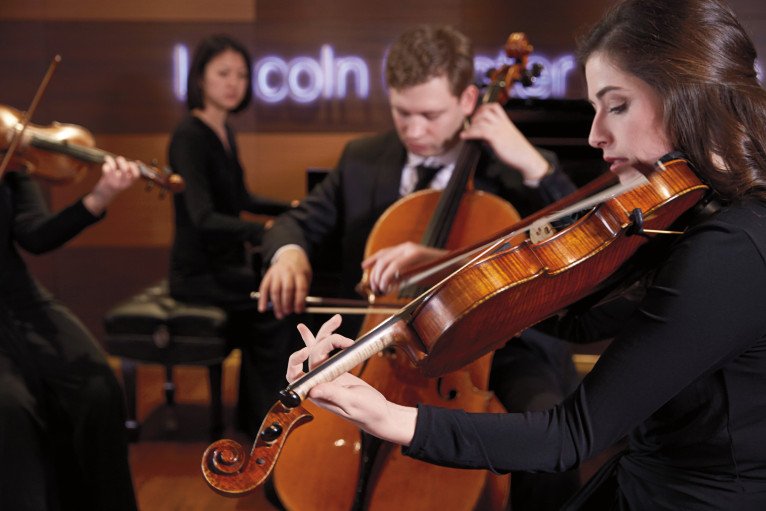
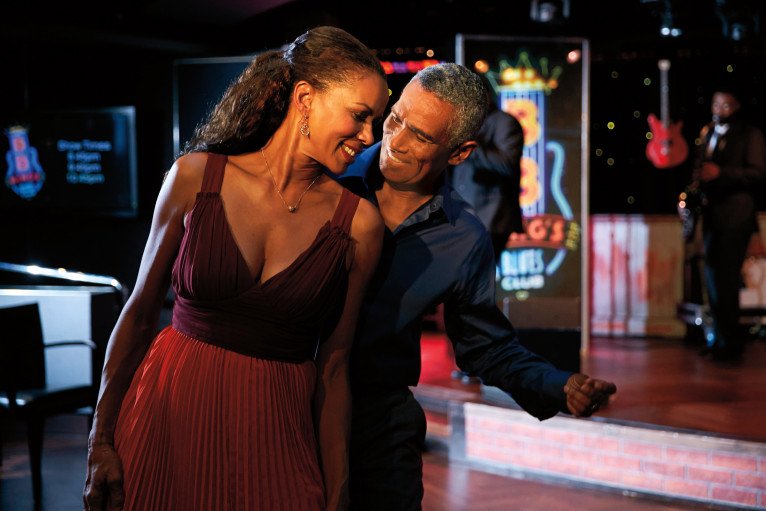
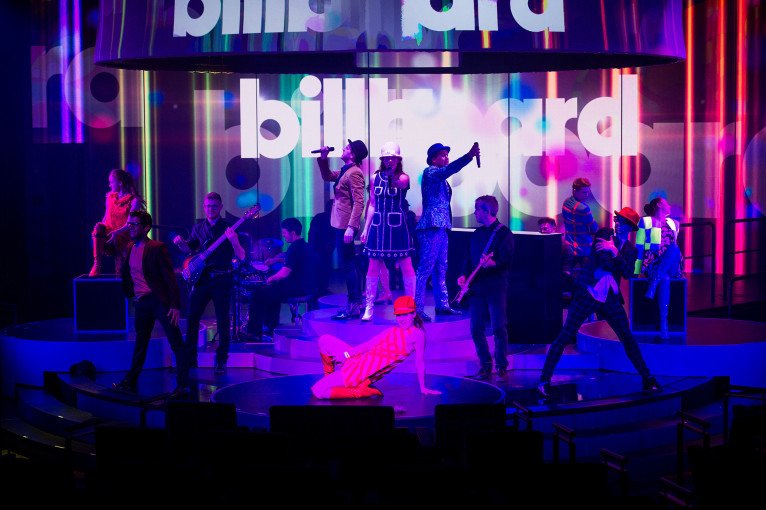
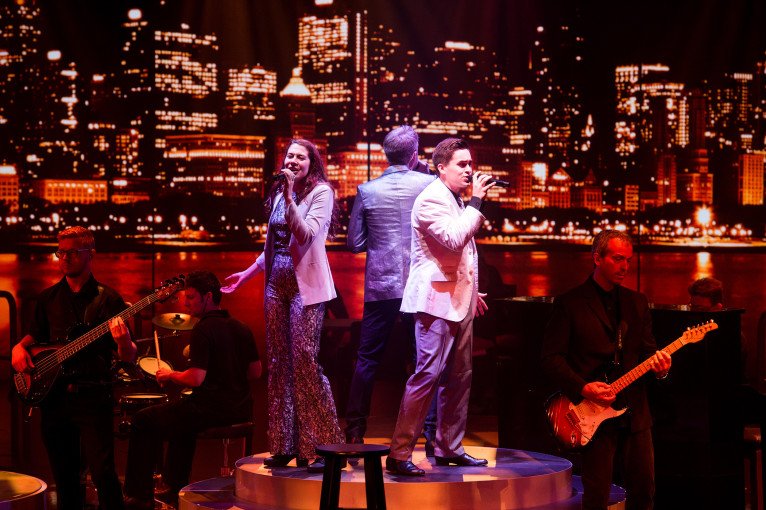
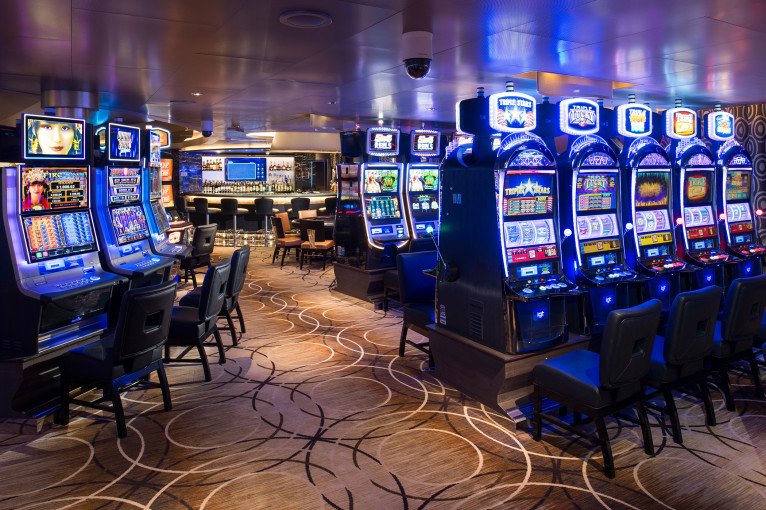
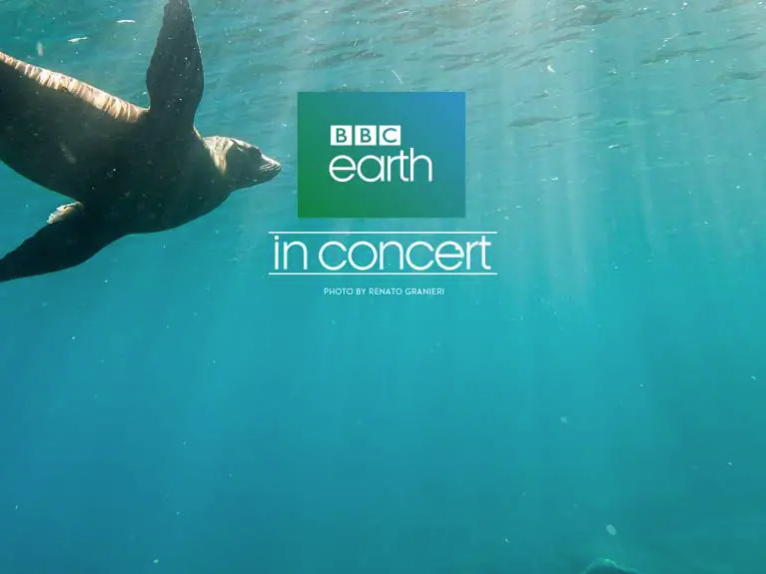
Rolling Stone Rock Room
Rock Lives Here
When you’re ready to rock, head to the Rolling Stone Rock Room, the ultimate live music venue on ship. Hear your favs and classic hits, right from Rolling Stone magazine’s top song lists.
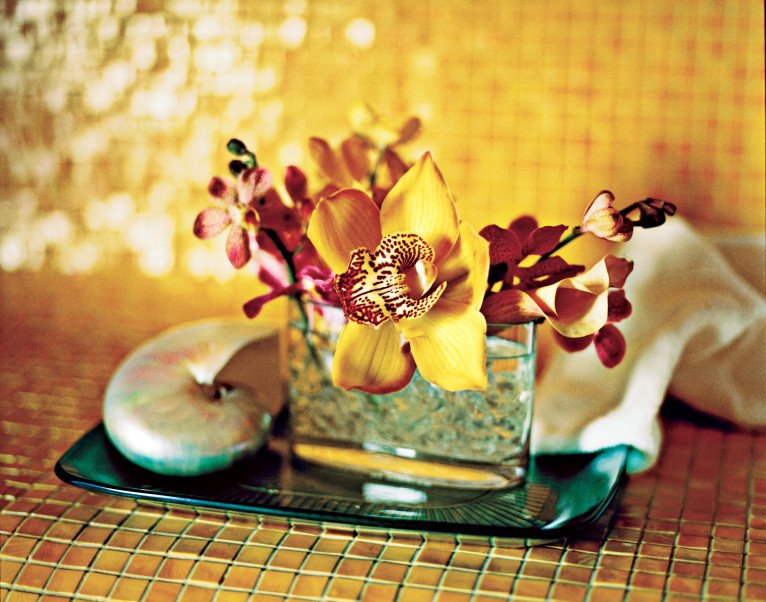
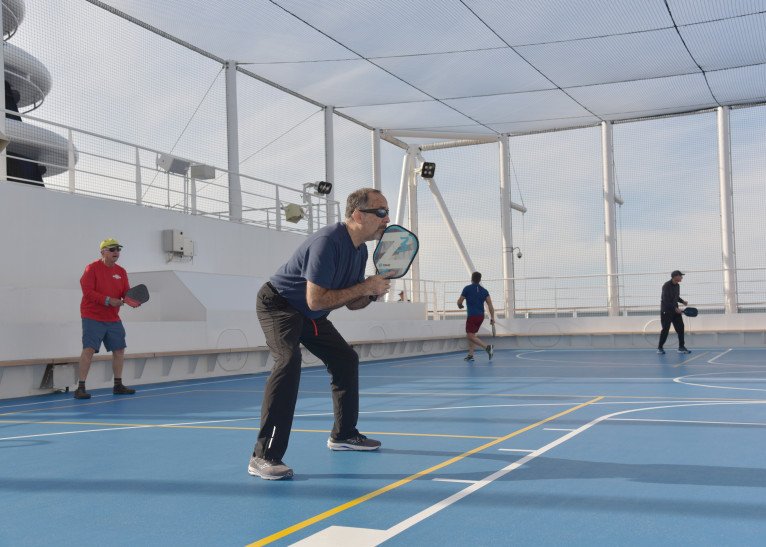
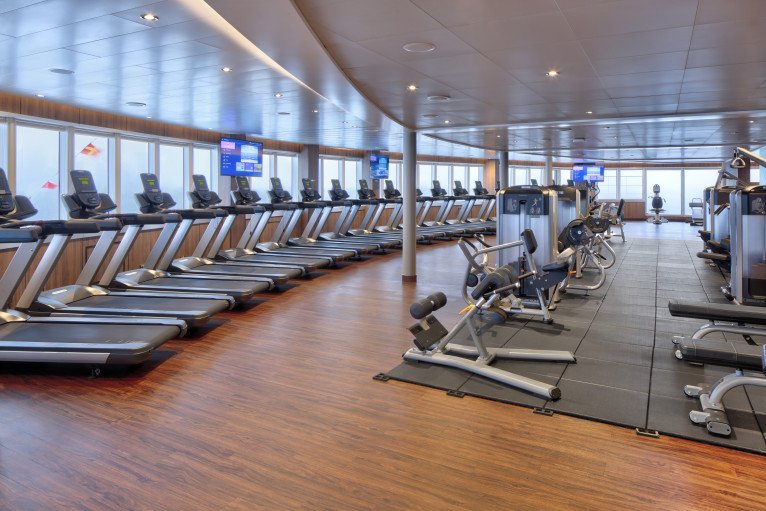
Greenhouse Spa & Salon
Refresh, Relax and Rejuvenate
During a leisurely day at sea, few places help you refresh, relax and rejuvenate like the Greenhouse Spa & Salon®. This heavenly retreat nurtures every aspect of your well-being with renowned spa rituals and healing touches. In the spa, pamper your skin with facial treatments featuring premium, naturally sourced ingredients. Nurture your body, too, with massage treatments employing time-honoured, hands-on massage techniques gleaned from around the world.
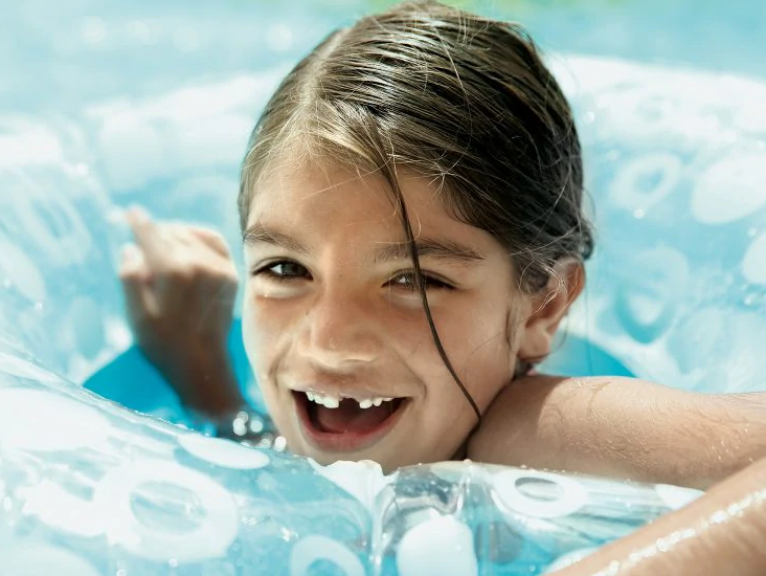
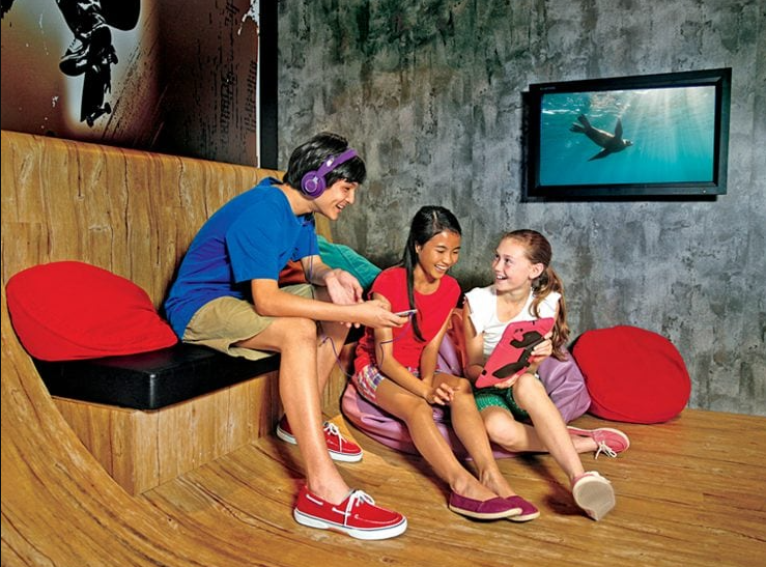
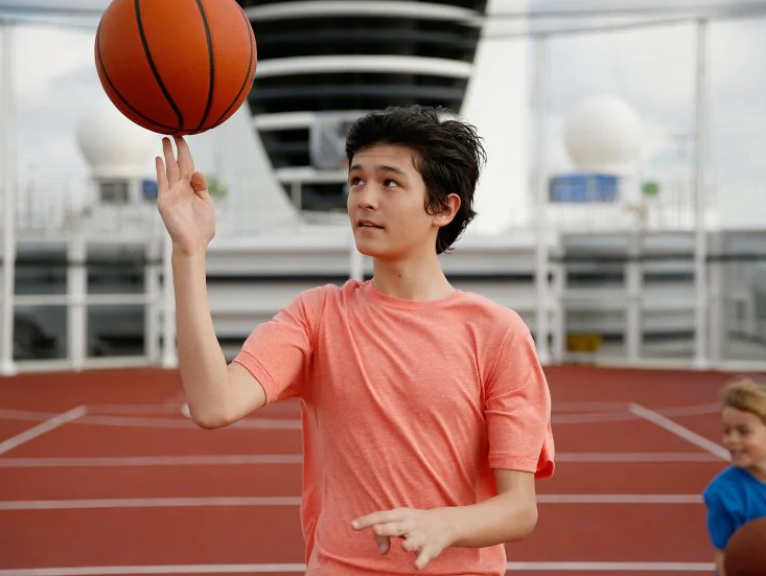
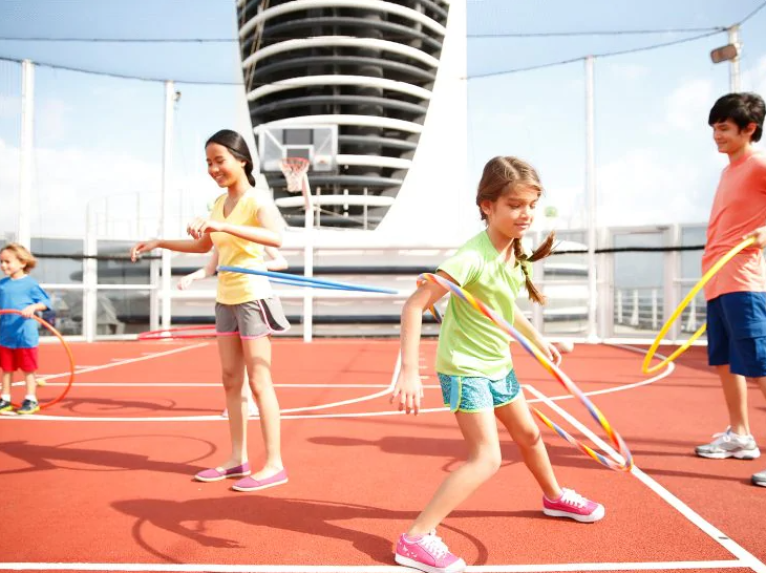

Kids Programs (Ages 3-6)
Highlights for kids ages 3 to 6 include a variety of activities, crafts, games and theme parties, such as “Dino-Mite Night” and “Ships Ahoy Pirate Treasure Hunt Adventure.”
Deck 12 - Observation Lounge

- Explorations Central & Cafe/Crow's Nest
- The Retreat
Deck 11 - Sun Deck

- Staterooms 11001 - 11060
- Sliding Dome Cover
- Jogging Track
- Sport Court
- Sun Deck
- Sun Bar
Deck 10 - Panorama Deck

- Staterooms 10001 - 10055
- Greenhouse Spa & Salon
- Kids' Club
- New York Deli & Pizza
- Panorama Bar
- Nami Sushi
- Tamarind
- Tamarind Bar
- Club Hal
Deck 9 - Lido Deck

- Fitness Centre
- Greenhouse Spa & Salon
- Hydro Pool
- Lido Pool
- Lido Bar
- Gelato
- Dive-In
- Canaletto
- Lido Market
- Sea View Bar
- Sea View Pool
- Movies Poolside
Deck 8 - Navigation Deck

- Staterooms 8001 - 8203
Deck 7 - Schubert Deck

- Staterooms 7001 - 7196
Deck 6 - Mozart

- Staterooms 6001 - 6235
Deck 5 - Gershwin Deck

- Staterooms 5001 - 5231
Deck 4 - Beethoven Deck

- Staterooms 4001 - 4219
Deck 3 - Promenade

- World Stage
- Casino
- Art Gallery
- The Shops
- Future Cruises
- Guest Services
- Grand Dutch Café
- Atrium
- Photo Shop
- The Dining Room
Deck 2 - Plaza Deck

- World Stage
- The Library
- Billboard Onboard
- Rolling Stone Rock Room
- Notes
- Merabella
- The Shops
- Lincoln Centre Stage & B.B King's Blues Club
- Pinnacle Grill
- Rudi's Sel De Mer
- Ocean Bar
- Club Orange Dining Room
- Half Moon Bar
- Atrium
- The Dining Room
Deck 1 - Main Deck

- Staterooms 1001 - 1187
- Half Moon
- Hudson
- Internet Centre
- Stuyvesant
- Atrium
MS Rotterdam Cabins & Suites


Spa Inside




Family Ocean View




Spa Verandah








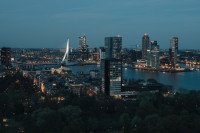
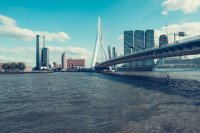
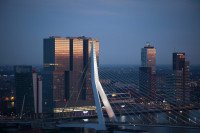
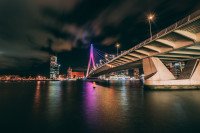
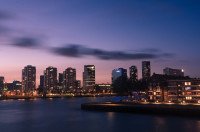
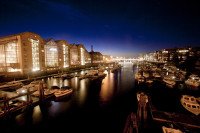
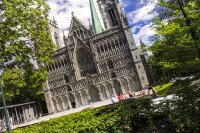
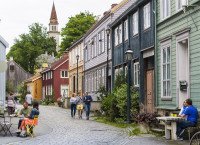
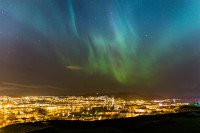
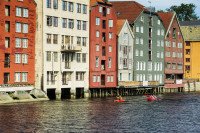
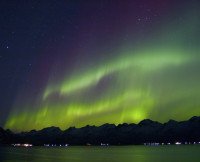
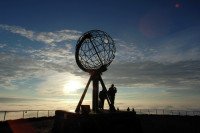
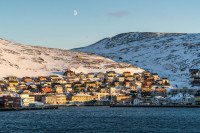
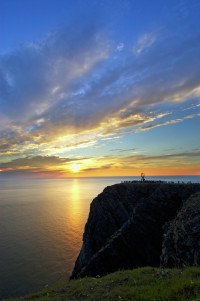
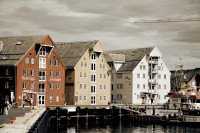
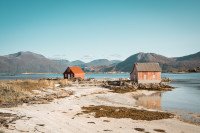
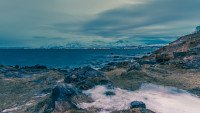
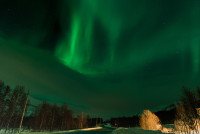
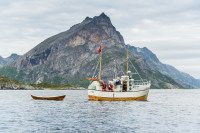
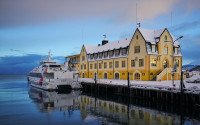
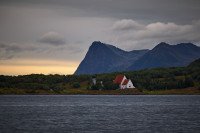
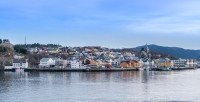
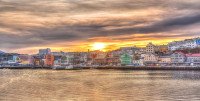
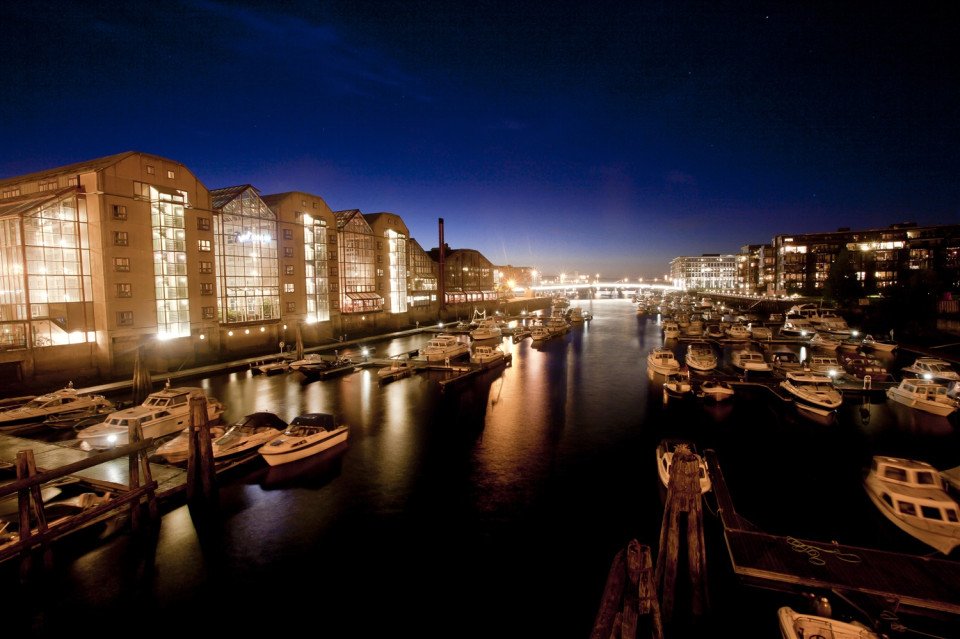
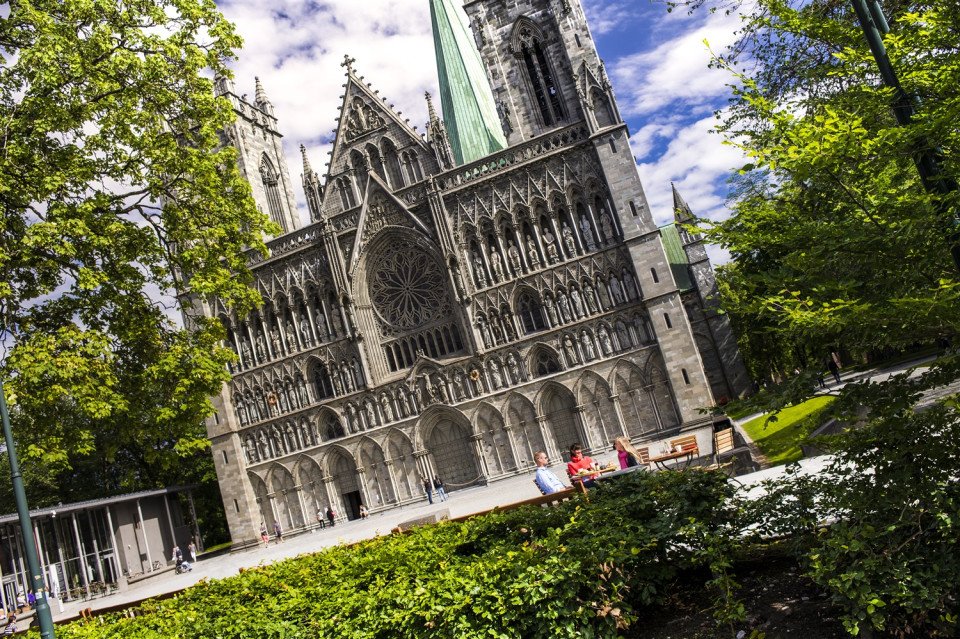
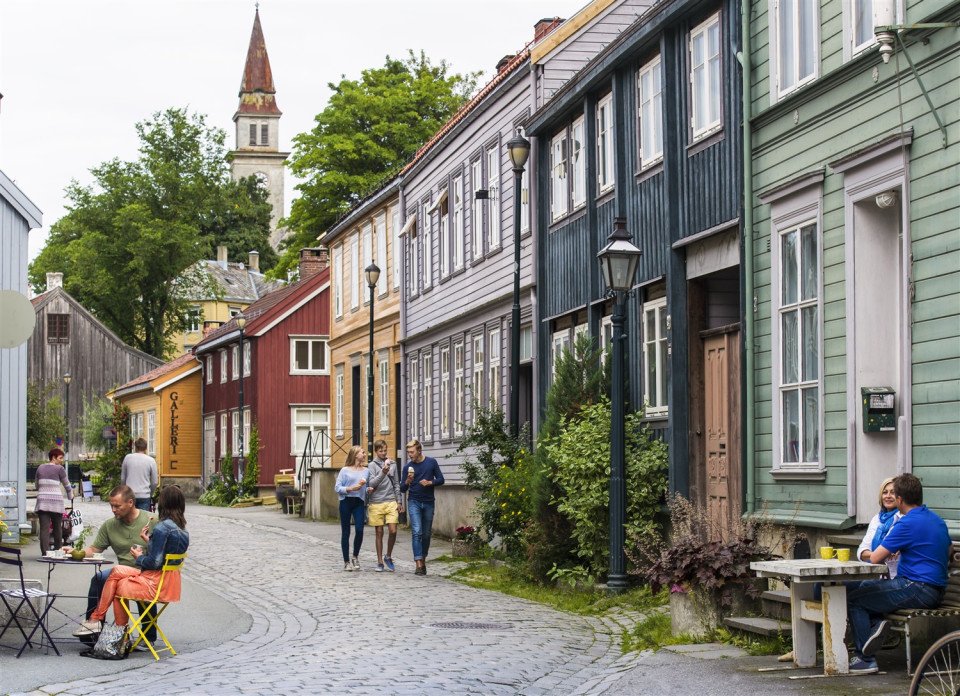
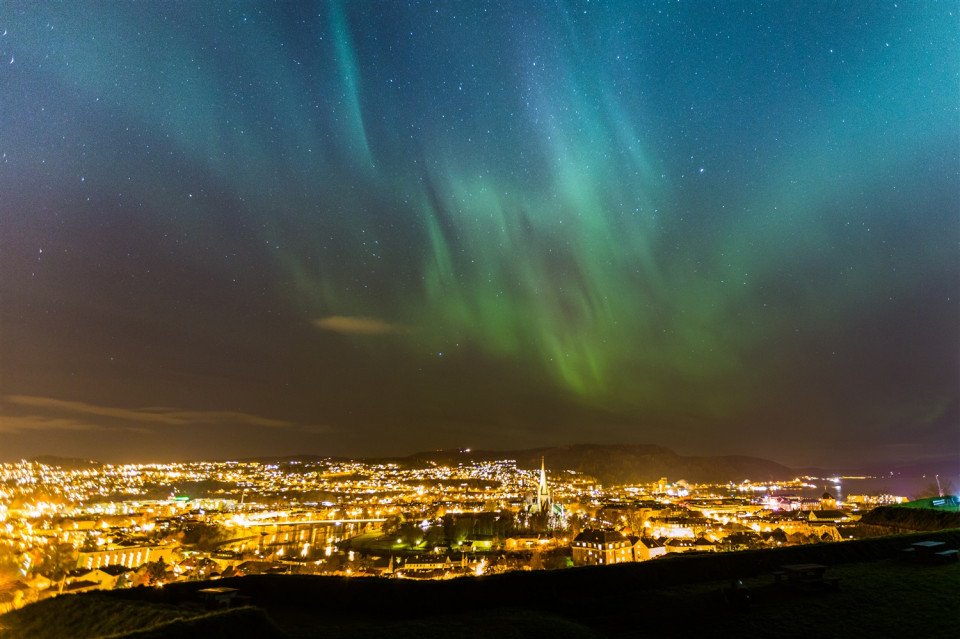
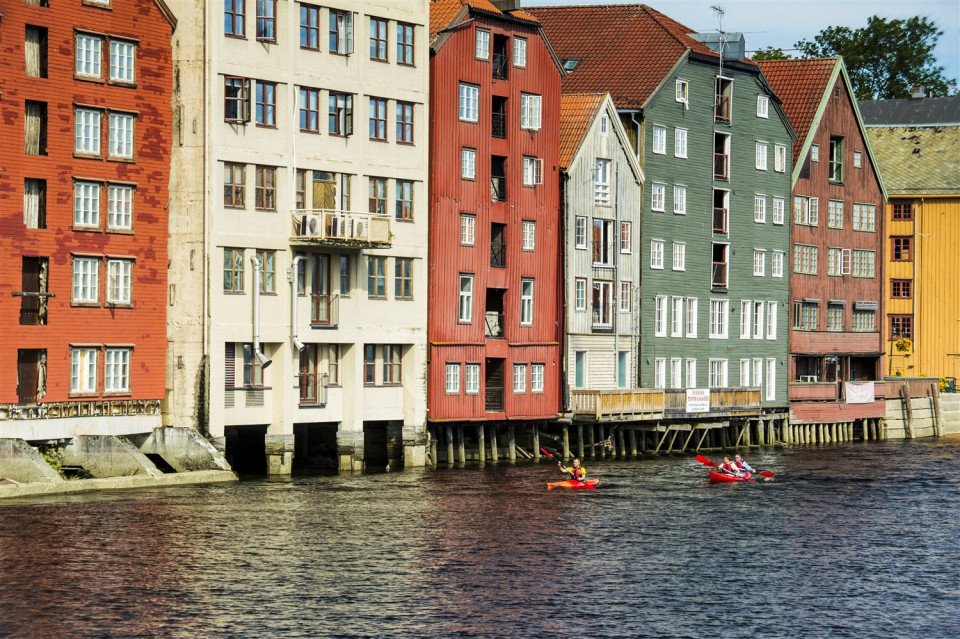
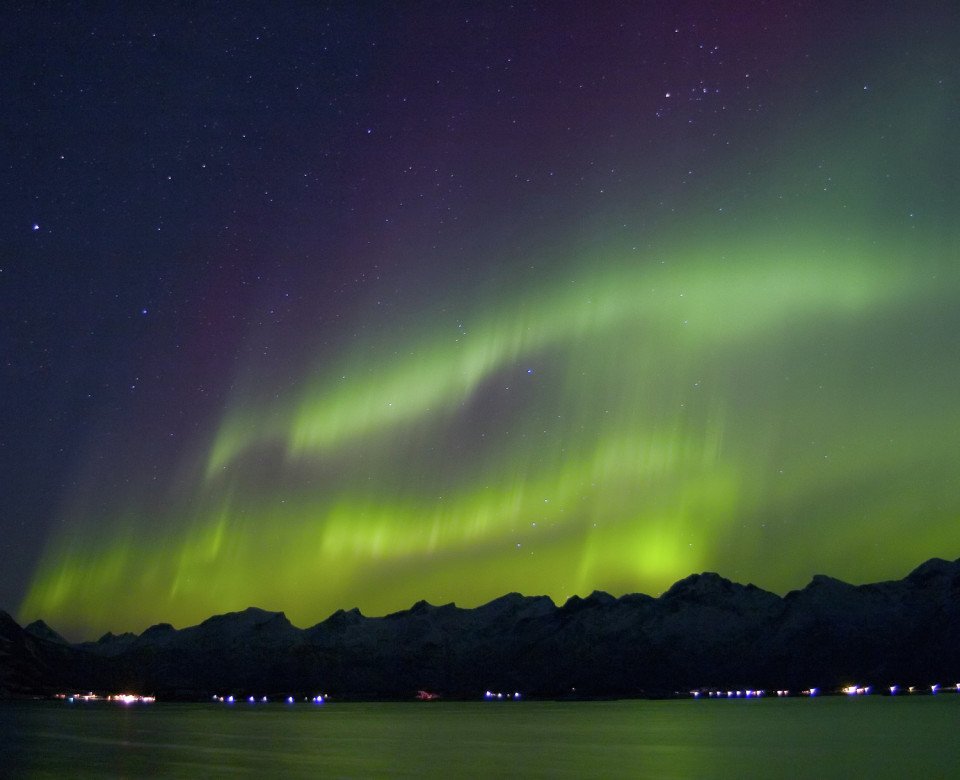
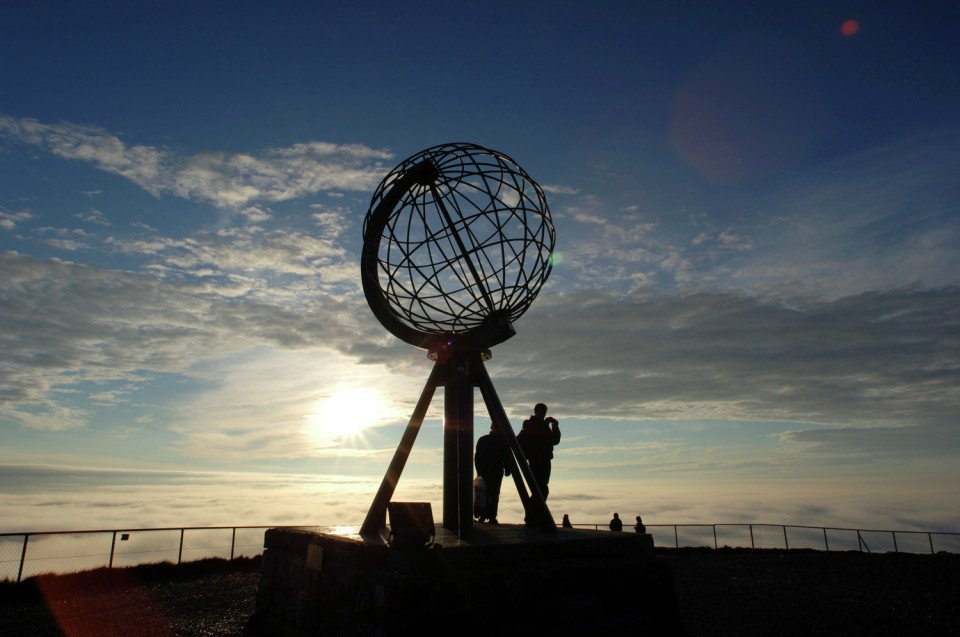
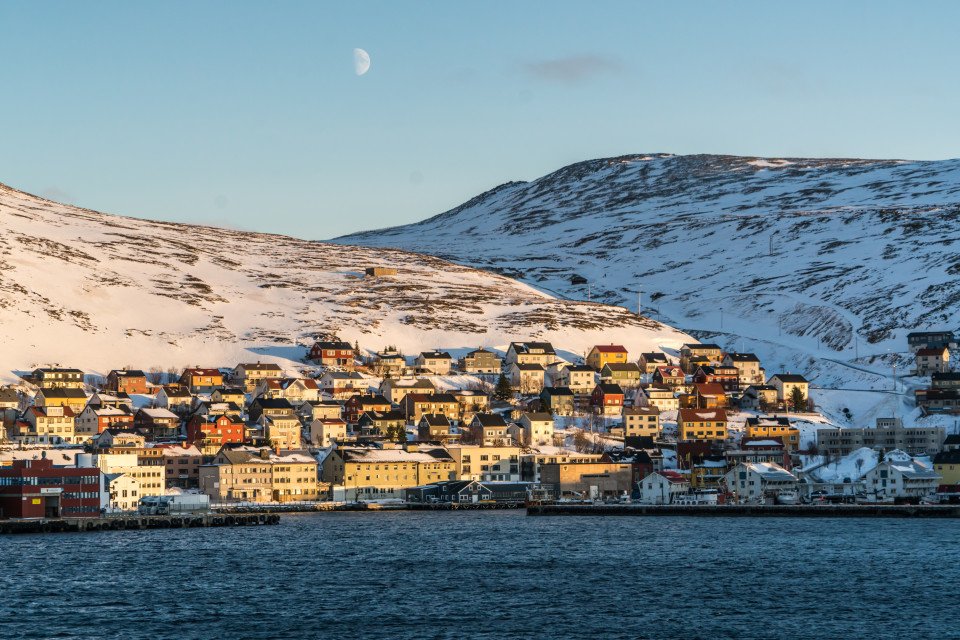
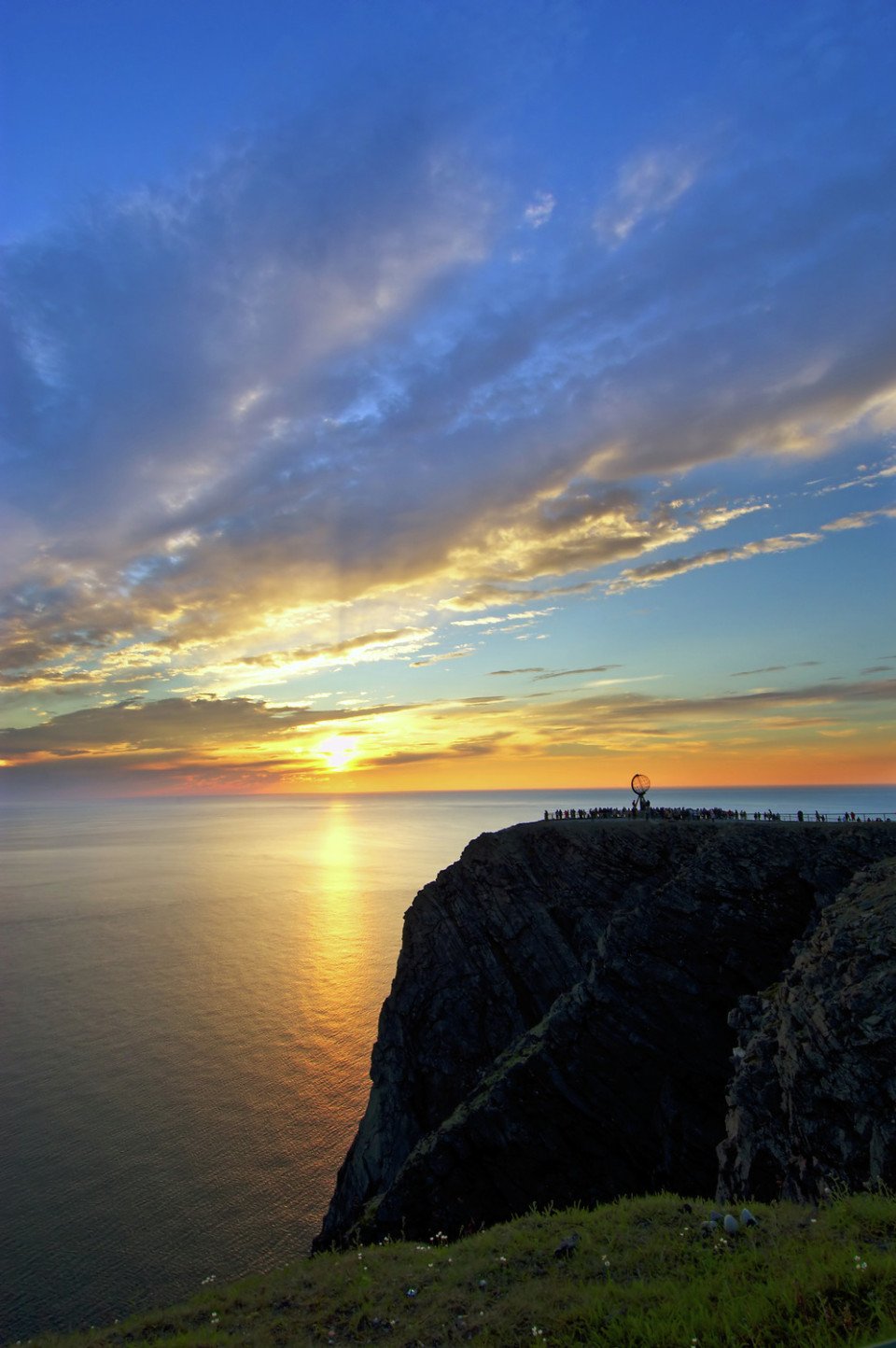
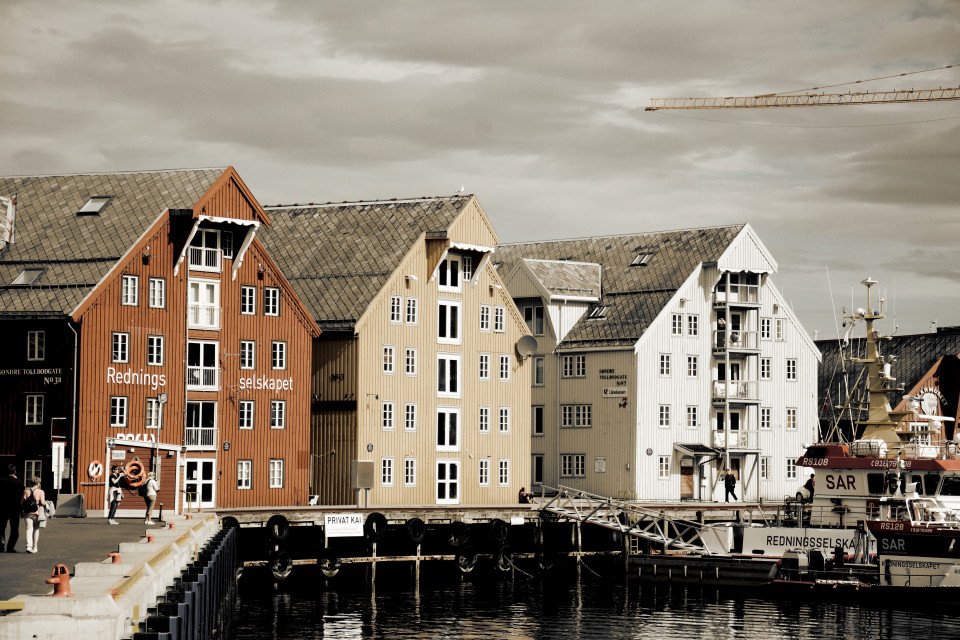
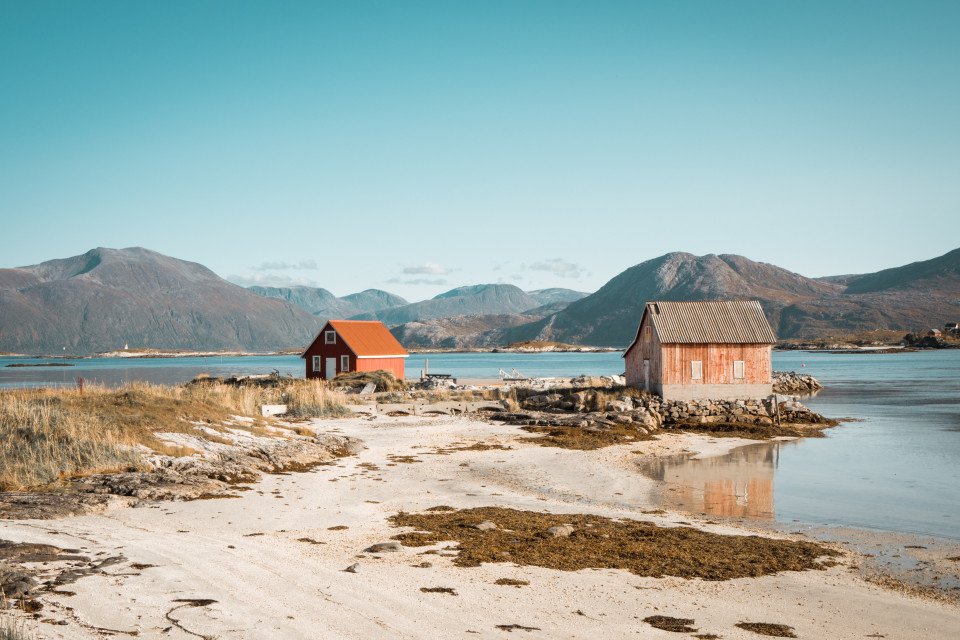
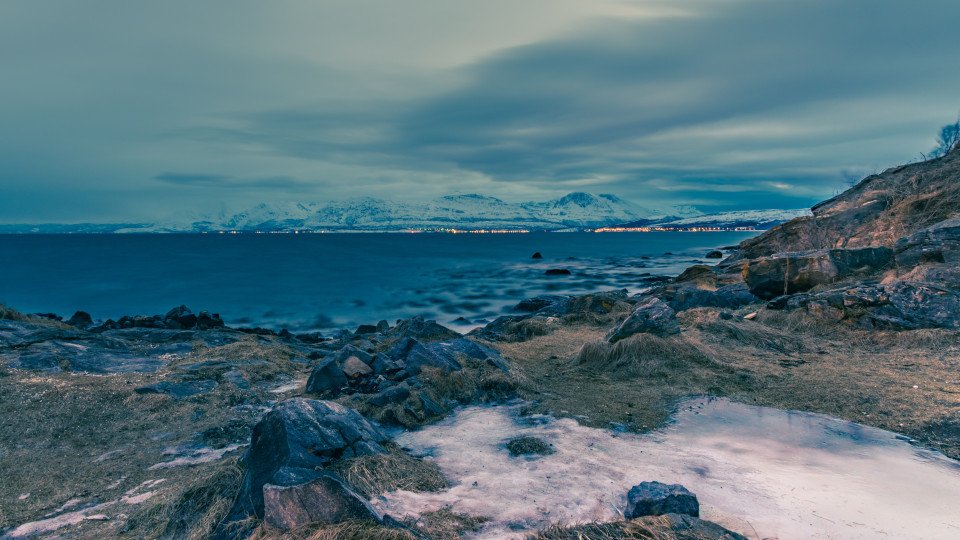
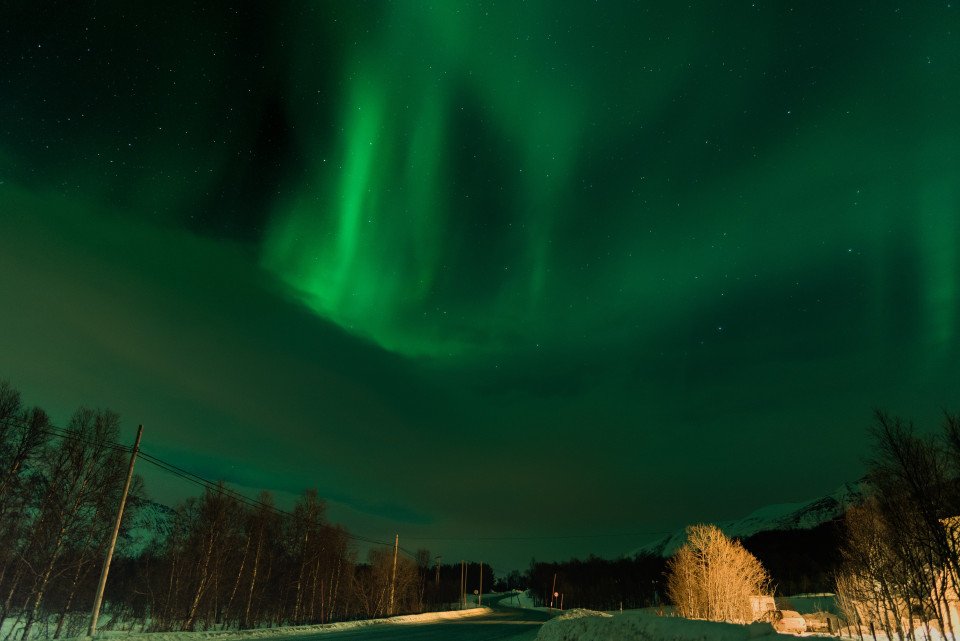
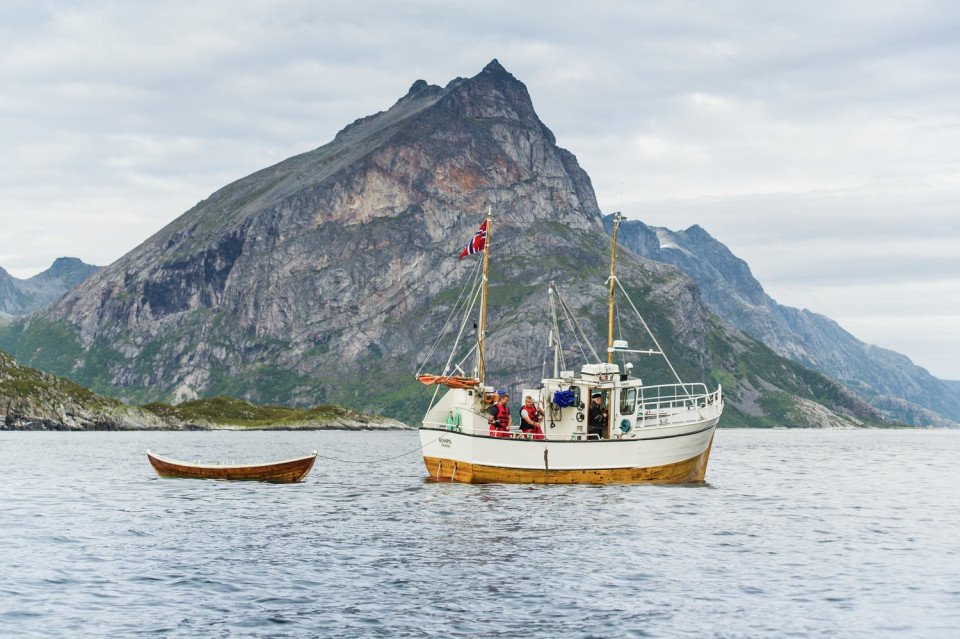

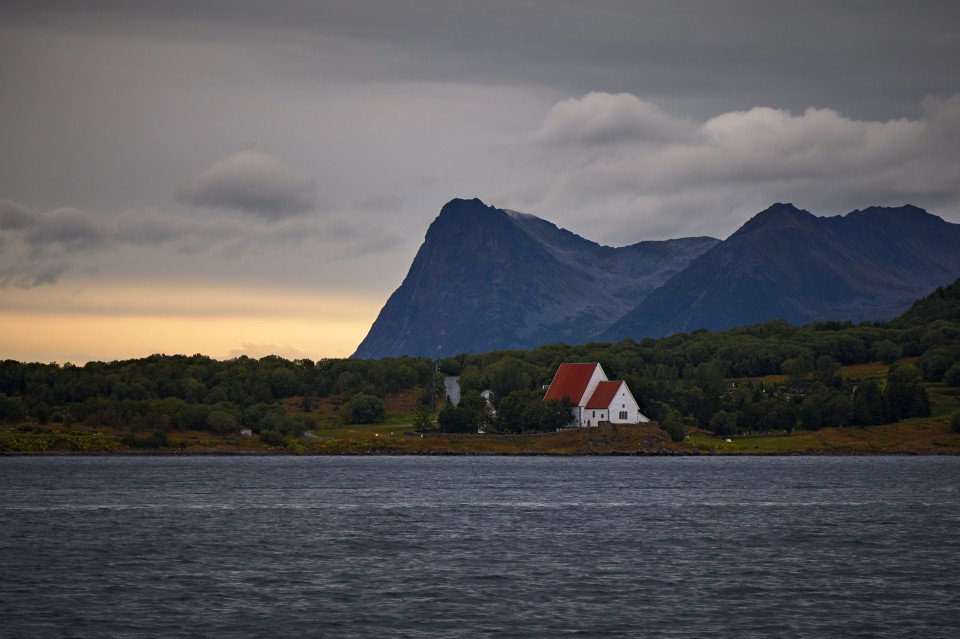
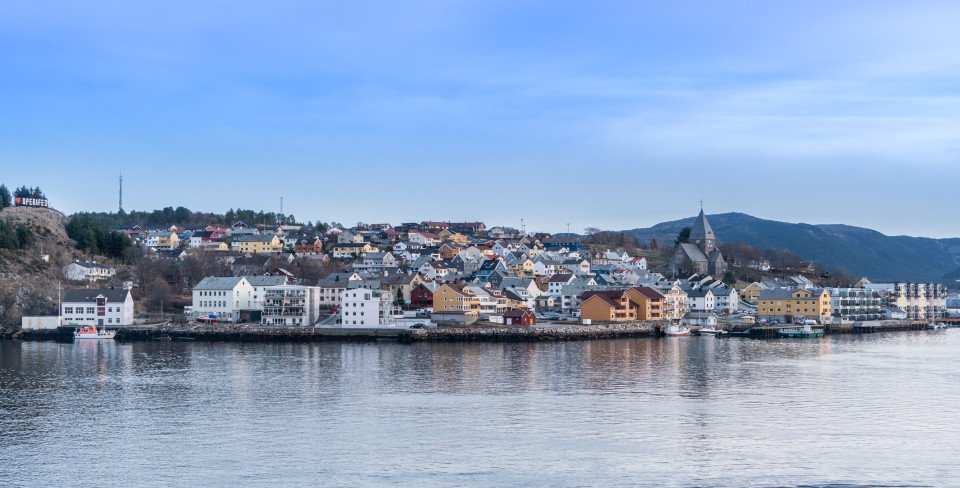
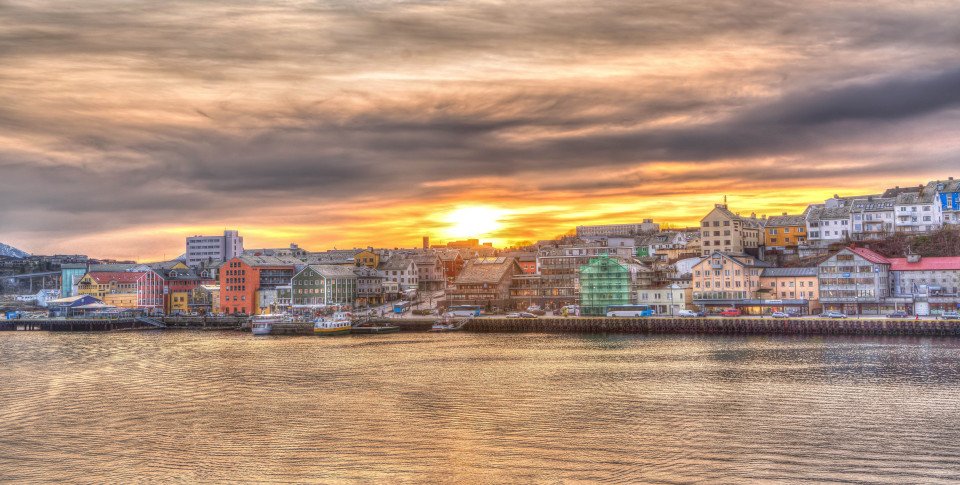



















-large_thumb.jpg)






